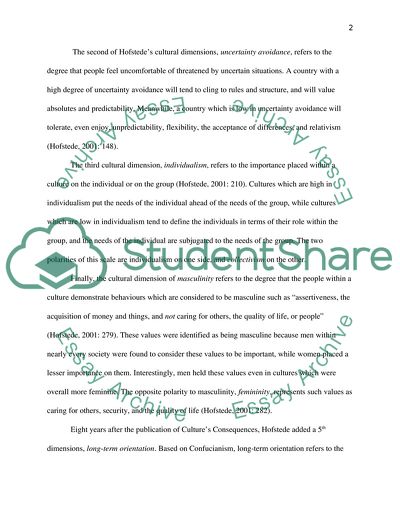Cite this document
(One Singular Culture in The Arab World Research Paper, n.d.)
One Singular Culture in The Arab World Research Paper. Retrieved from https://studentshare.org/culture/1736934-to-what-extent-can-the-arab-world-be-considered-to-have-one-singular-culture
One Singular Culture in The Arab World Research Paper. Retrieved from https://studentshare.org/culture/1736934-to-what-extent-can-the-arab-world-be-considered-to-have-one-singular-culture
(One Singular Culture in The Arab World Research Paper)
One Singular Culture in The Arab World Research Paper. https://studentshare.org/culture/1736934-to-what-extent-can-the-arab-world-be-considered-to-have-one-singular-culture.
One Singular Culture in The Arab World Research Paper. https://studentshare.org/culture/1736934-to-what-extent-can-the-arab-world-be-considered-to-have-one-singular-culture.
“One Singular Culture in The Arab World Research Paper”, n.d. https://studentshare.org/culture/1736934-to-what-extent-can-the-arab-world-be-considered-to-have-one-singular-culture.


